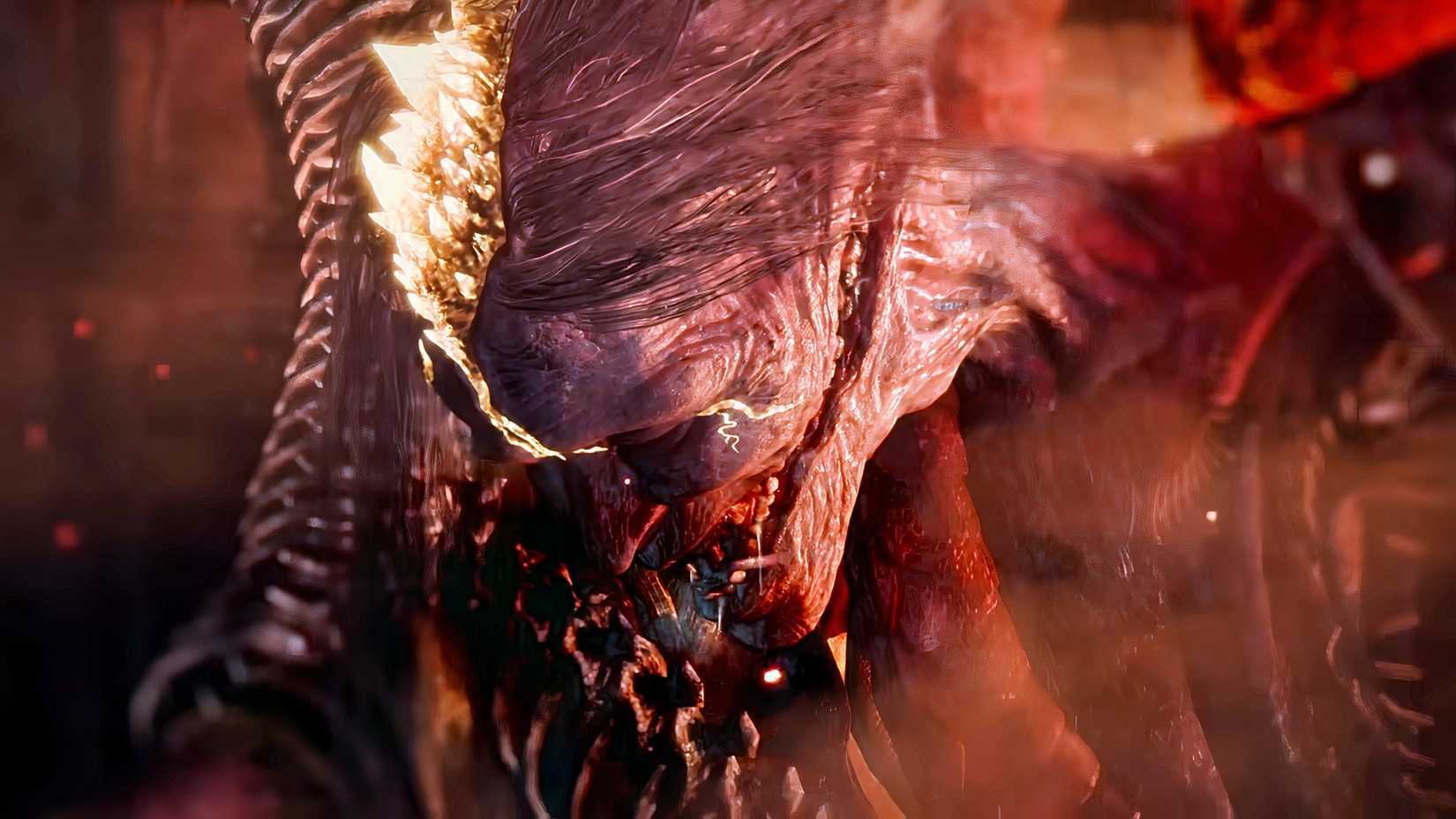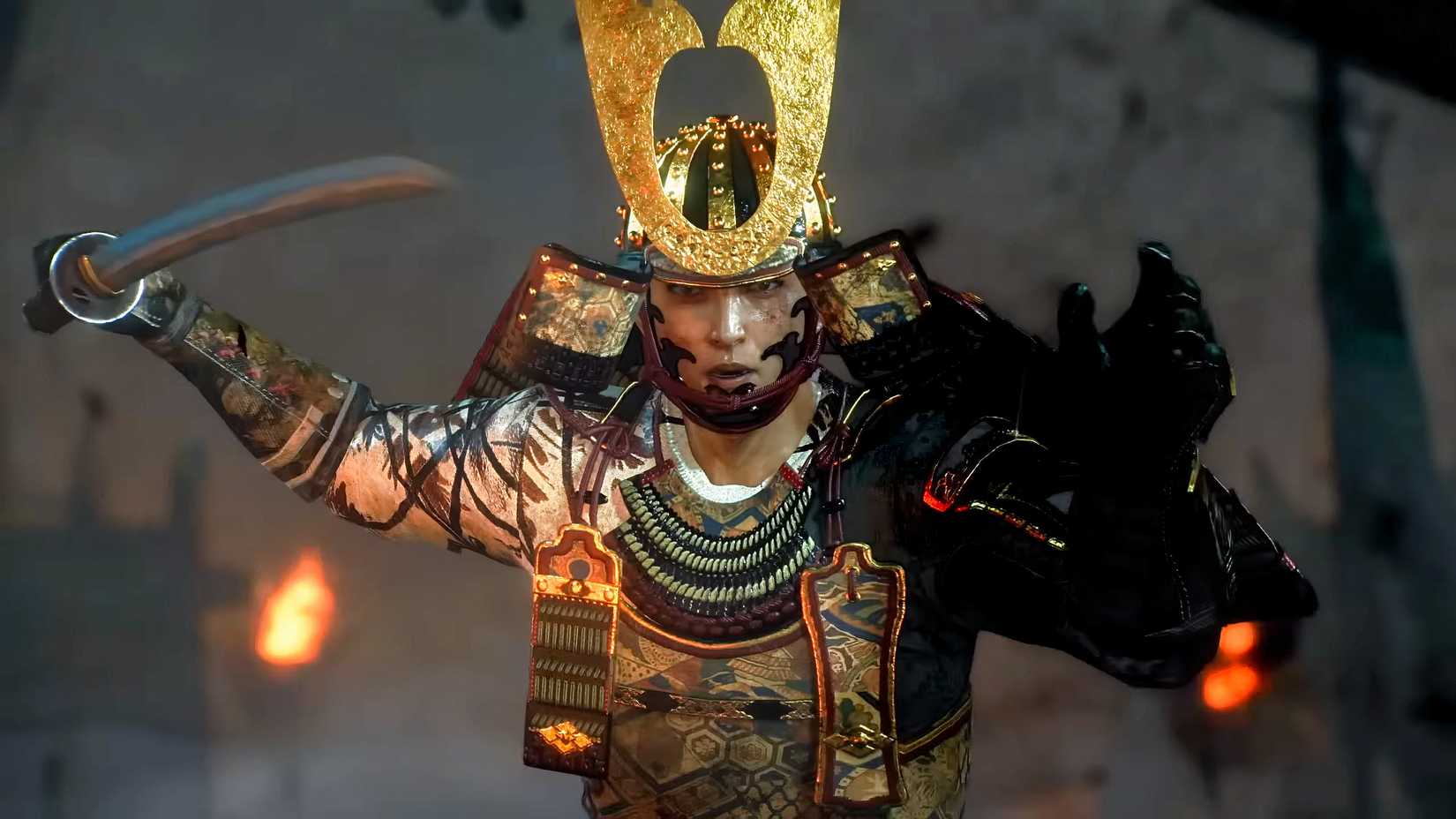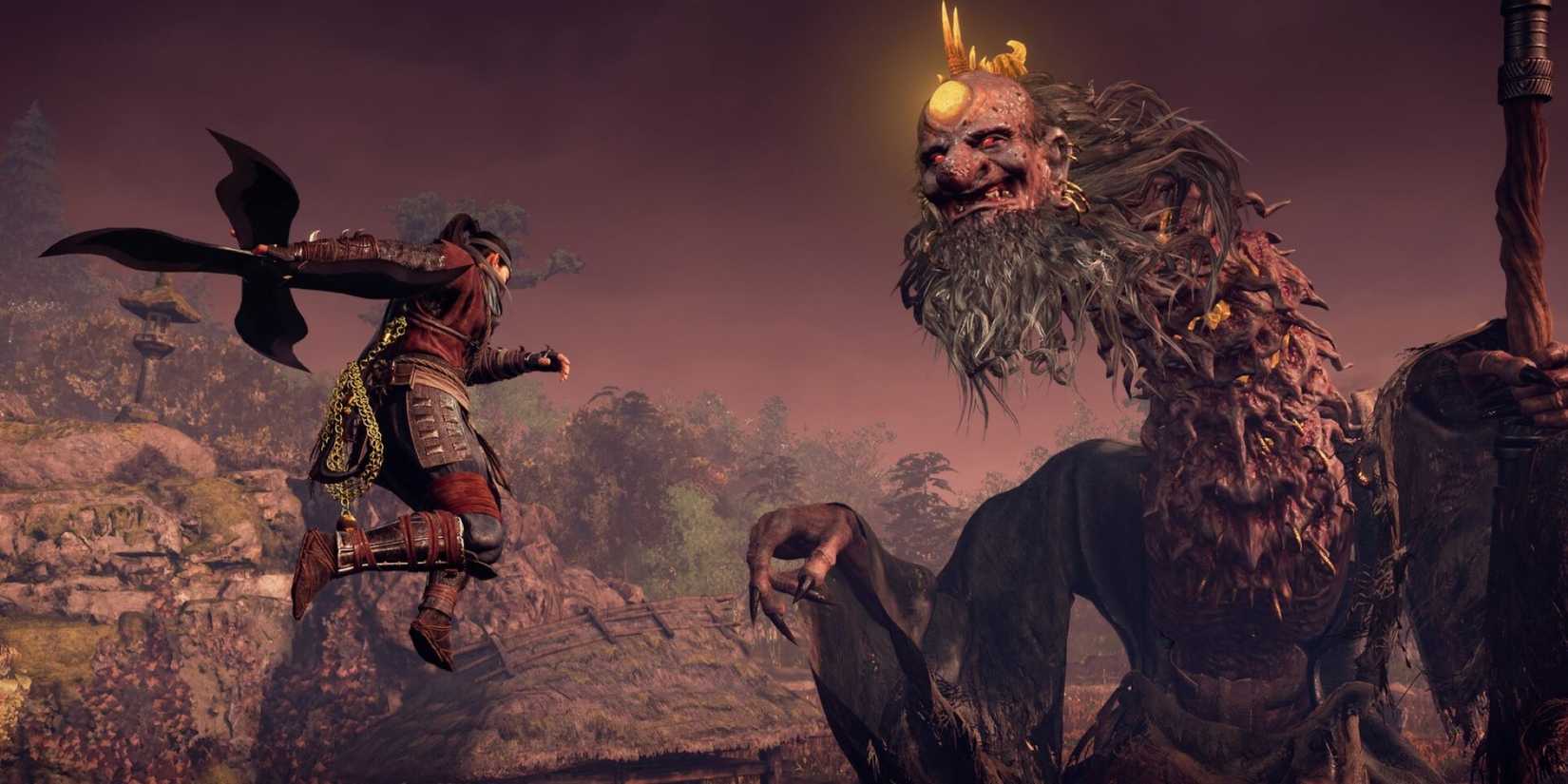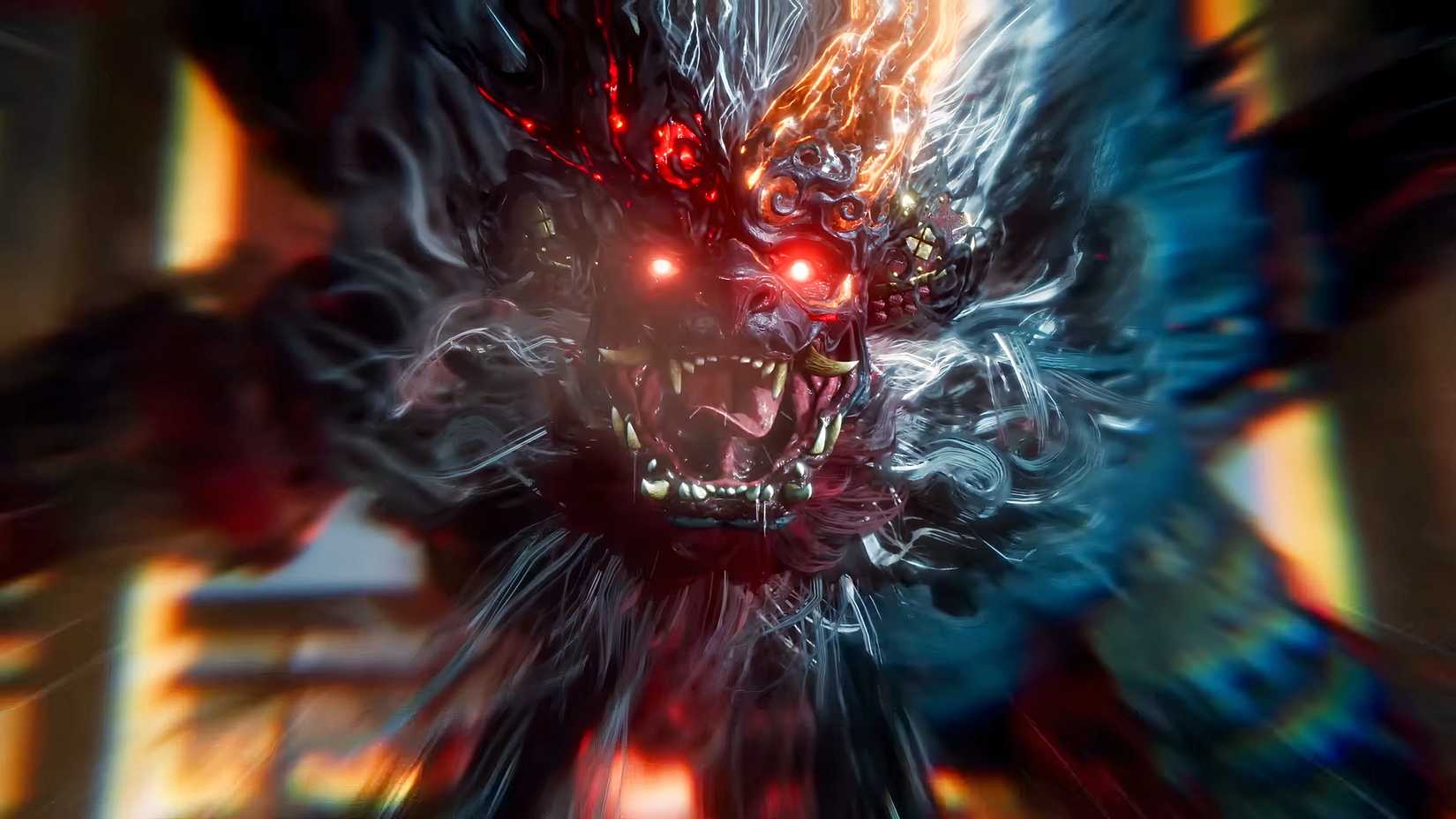Confession: I’m a big Soulslike fan, but I’ve never touched the Nioh series. The first title came out before I discovered my love for the genre, and the second came out as I was starting my career in this field, so my focus lay elsewhere.
My introduction to the series, then, came at this year’s Tokyo Game Show with Nioh 3, when I got to tackle some of the game’s new, larger explorable areas, alongside one of the game’s bosses. Suffice to say, despite my overall experience with the genre, I got my backside handed to me.
Historical Accuracy With A Hint Of Yokai

Set in 1622, at the beginning of Japan’s Edo period, a devastating family feud forces protagonist Tokugawa Takechiyo to transcend time, altering the course of history to ensure the country’s future survival.
While games set in historical Japan aren’t exactly new ground – we’ve had Ghost of Yotei and Assassin’s Creed Shadows this year alone – I was taken aback by Nioh 3’s melding of real history with its mythical yokai. The game’s stunning landscapes were akin to what I’d expect to see from a Japanese title like Ghost of Yotei and Assassin’s Creed Shadows, but the folklore elements differentiated Nioh significantly.
Pull: The prospect of seeing Japan through the lens of different eras, albeit heavily fictionalized, monster-ridden ones, is exciting.
Hideous creatures stalked every corner with their unsettling presence, and it meant that while there was so much to admire, I never truly felt safe — which is precisely what you want from a Soulslike experience.
I started in a small, snowy residential area, complete with a handful of houses and half a dozen yokai, before entering a much larger snowy plain. While right next to each other, these two areas juxtaposed the beauty of the game’s setting and offered a solid insight into the paths I would be treading: claustrophobic streets, littered with yokai, and pretty, open plains, also littered with yokai.
This small section was ultimately the only part of the worldbuilding that my preview showed me, but the prospect of seeing Japan through the lens of different eras, albeit heavily fictionalized, monster-ridden ones, is exciting.
A Melding Of Japanese Combat Styles

The meat and potatoes of a Soulslike game isn’t admiring the landscapes, though. It’s the combat, and Nioh 3 does it pretty well.
Having just come off the back of the Lies of P: Overture DLC and polishing off the platinum trophy in Elden Ring, there was an adjustment period. Nioh’s combat situations felt more fast-paced than the aforementioned games, so early on, I was regularly punished, but this is part and parcel of the genre.
After the adjustment period, and dying to the first pair of enemies (twice), I began to enter my flow, switching between the Samurai style, which is adapted from the first two games’ combat style, and the Ninja style, a newly added playstyle.
I first tried the Samurai style, which was the much heavier and slower-paced of the two. Clad in more traditional armor, I was forced to meticulously juggle attacking and blocking to overcome my foes. Each swing of my sword had to be timed to perfection, otherwise I’d leave myself open to a barrage of incoming attacks. It’s not traditionally how I play this type of game, as I prefer something a little more agile, so I quickly switched to Ninja style.
New to Nioh 3 is the ability to switch between these two styles on the fly. With a loadout prepared for each, you can start the battle in one form, and if the need arises, with the press of a button, switch to the other. It’s a novel approach to combat, opening the possibility for an interesting range of both enemy designs and combat situations.

nioh 3 screenshot from trailer
The Ninja style is more centered around dodging than blocking, which was music to my ears as a self-professed parry struggler. Using this, I was able to quickly dispatch the enemies in the residential area, and the open field became my playground.
Here, the yokai were typically larger, forcing me to rethink my strategies yet again, but after persevering with this dodge-centric style, my Soulslike muscle memory kicked in. I was able to fly through to the boss, which awakened another portion of my memory: these games are really hard.
While the early enemies gave me some trouble due to my unfamiliarity with the game and its controls, the boss was different. The hulking, bird-like yokai hit harder than any enemy I’d encountered so far, and by a significant margin. It had the ability to attack from range, and if I tried to create space, it could zip across the arena to close the gap. Nowhere was safe.
I’m not ashamed to admit that, in three attempts, I failed to beat it, given the limited time I had with Nioh 3. However, I’m confident that with just one more attempt, I would have succeeded. Honestly. And you can’t prove me wrong.
Despite my failures, though, I enjoyed Nioh 3’s combat a lot. I didn’t immediately click with it as much as Elden Ring, with Nioh feeling a little more action-oriented, but there were some clever iterations on the formula that made the game stand out.
The only major frustration I had was how easy it was to fall off the ledge and into the water, resulting in instant death. There was no invisible wall, even for a brief period, and more than once did I take a plunge.
Nioh Is Shaping Up To Be 2026’s Big Soulslike

Aside from the, at times, crushingly brutal combat, Nioh 3 ticked a lot of the Soulslike boxes.
‘Bonfires’ were scattered throughout the landscape; Amrita, the game’s answers to Souls or Runes, were used for leveling up; and I only had limited healing items at my disposal.
I appreciate the transparency with the leveling system. When hovering over a stat, the game made a conscious effort to tell me which weapons and armor would be positively affected.
Its commitment to a real-life locale is what, in my eyes, helped the game stand out from its predecessors. That’s not to say it’s better, but it was something that didn’t go unnoticed — rather than fighting my way through a fictional world, I fought through a real one, just with lots of fictional enemies, and I’m excited to revisit it when it releases next year.


AloJapan.com